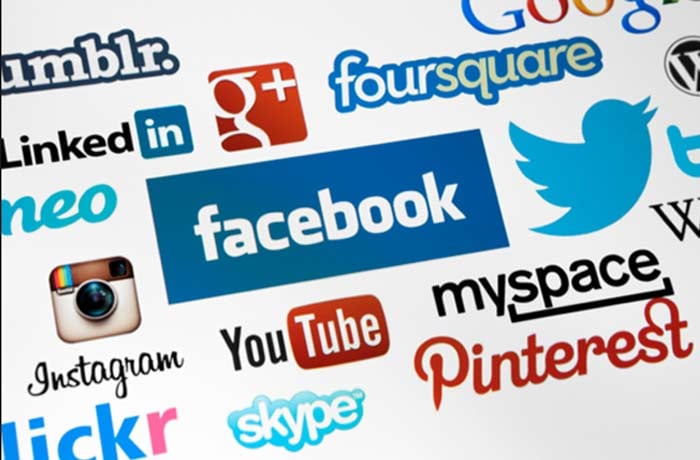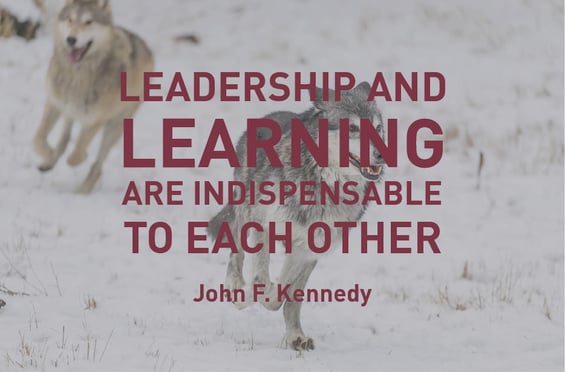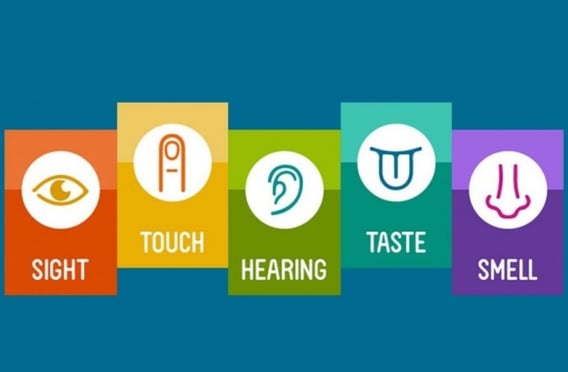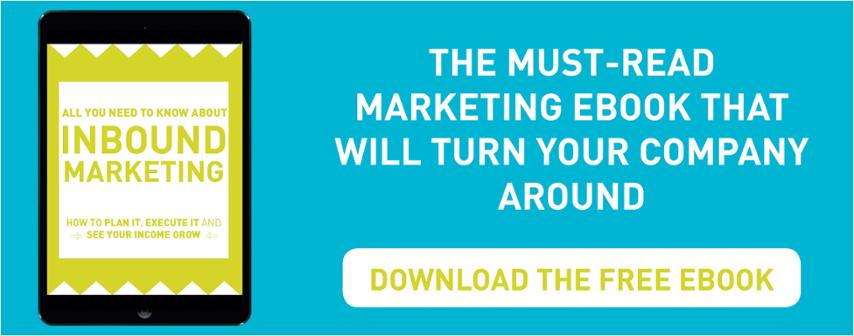A Marketer's Guide To Social Media For Business


Social media networks, you just can’t get away from them now a days! But as a marketer why would you want to, they’re everything you need and more! Free to use, low cost paid advertisement available where you can target your audience, it’s the pre-social media marketers dream! However, no matter how exciting it all sounds, you still need to find your niche.
Choosing to manage too many social media platforms can defeat the purpose as they can’t all be handled efficiently at once. It's important that you choose and nurture the social platforms that work best for your business, so that you don't spread yourself too thin. Below you will find a profile of the most popular social media platforms to help you market your business better.
The giant of social media network platforms available to us today with nearly 1.8 billion active users. Great with building a relationship with prospects worldwide. Only launched 13 years ago Facebook has grown massively from a website where college students could keep in touch into a multifaceted web and mobile social platform where anyone can connect with not just their friends and family, but also celebrities, organizations, businesses and more.
When it comes to your business Facebook has a wealth of options for any type of organization, it's a great starting point for your business, regardless of your industry as it has so many different features.Facebook is used to post photos, videos, statuses and you can comment underneath them all to get customer feedback, answer questions or just build a relationship. This is also a low-maintenance platform compared to some other social networks.
Instagram, my personal favourite as it as worked so well for me in the past. (You can read my social media success story, my post from the previous week) is a visual social media platform based entirely on photo and video posts. Facebook actually owns Instagram, and it has over 600 million active daily active users. Instagram is great because as long as you can take a photo, stick within a theme and post regularly with a relevant/ interesting caption, then you will succeed.
Instagram is known for its unique filters and photo / video editing options. This platform is just about entirely mobile so it tends to cater to a younger crowd, so keep that in mind when thinking of your buyer persona. Even though there is a web version, it is purely for the purpose of viewing content. Instagram is also a platform that emphasizes the use of hashtags to latch onto and can post intriguing photos, you will most likely make it work. If you need some help getting started, read about these 8 businesses that use Instagram to market themselves the right way!
Snapchat
Snapchat! It’s another social media network that’s based on visuals, but unlike with its competitors, content on Snapchat deletes itself after a certain amount of time has passed. Over the past five years, the app has expanded from just photo and video posting to include chat, messaging, image storage, events and media content.
The Discover feature, for instance, compiles popular content from notable publications like BuzzFeed and The Wall Street Journal. With over 150 million users, this app is designed strictly for mobile devices and cannot be accessed on the web. If you’d like to read about how other businesses use Snapchat for things such as flash sales and more, click here.
A place where you keep your posts short, 140 letters or less to be exact! Along with videos, photos, links, polls and more making it easy to interact with others and get customer feedback or popular opinions.
Twitter averages out at about 320,000,000 active users, and because of it’s wide reach it is commonly used not only to market your business but as a channel for handling customer service. The use of hashtags help boost posts, and if a user with a lot of followers ‘re-tweets’ you, your content has the potential to go viral.
This platform is a good one if you can maintain it properly, as it may not suit all businesses. It works by sharing content by "pinning" digital “bulletin boards”, which can be organized by category. The majority of people use Pinterest for DIY projects or ‘life hacks’ and anything else savvy or crafty. The platform also has a series of special types of pins called Rich Pins, which brands can use to add special information to their pins, like product details and even location maps.
Pinterest is heavily visually oriented, very post has to be an image or video, and similar to Facebook, it is also fairly low-maintenance when it comes to post frequency. However that’s likely because you’ll spend the majority of your time boards organized and search-friendly. Another aspect that you should keep in mind is Pinterest's users are primarily women, and the most highly ranking categories on the site include DIY projects, fashion, exercise, beauty, photography and food.
YouTube
Finally, YouTube is another Social Media platform that we haven’t touched on yet, as we all likely know it’s a video-sharing platform but did you know it has over 1 billion users! This is a prime platform for people to view, upload, rate, share, and comment on content. Users are automatically assigned a channel, in which other users can subscribe to be notified whenever a new video is uploaded. Google recently also bought Youtube the site is a huge hub for news and entertainment.
Now created over 10 years ago, Youtube has undergone numerous changes. For instance, users can now make money from Google “AdSense”, with the revenue dependent on the number of views on a video. Many businesses on YouTube have a creative, visual or educational component.
There's a subculture that has evolved of online bloggers, called YouTubers, who publish frequent videos and often maintain large audiences. Often, businesses partner with YouTubers for product placement, because these users already have engaged audiences which is a great place to start out when trying to break through.
More from Social Media

7 free online courses every marketer should do
Knowledge is power. We've all heard that one, and I don't think there is anyone on this planet who would disagree with this...
Professional Services Marketing: How to Run an Inbound Marketing Campaign
I have said time and time again that marketing strategies in the professional services sector need to change. It really is our...






